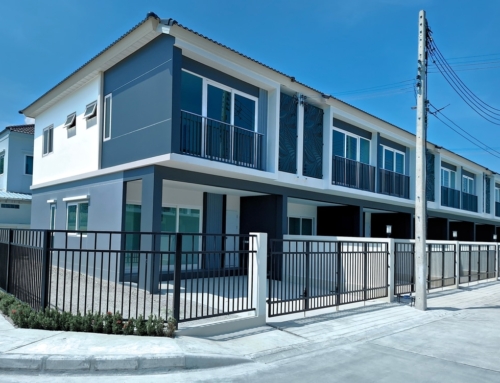As we know, all real estate is local. That’s especially true when it comes to home prices. A variety of local factors impact supply and demand, and they can cause prices to rise in one housing market when, not very far away, another market may be in decline.
Thus, the nascent housing market recovery may or may not be underway where you live, as several market forces are making the recovery more uneven than normal. In fact, while most housing markets have seen median values appreciate through the first three quarters of the year, in a handful of markets, prices have actually fallen.
The recovery continued to unfold in September at the national and regional levels, with 1.8 percent quarterly price growth at the national level. The West far outpaced the national rate, posting notable quarterly gains of 3.7 percent in the fifth consecutive month it has led regional gains. The Midwest and South had quarterly home price gains of 1.9 percent and 1.3 percent, respectively. The Northeast posted the weakest quarterly gains of 0.2 percent, according to Clear Capital’s home valuation data.
While prices are improving in the majority of markets, the number of markets reporting year-over-year price declines has been slowly growing in recent months. For more than a year, older industrialized markets in the East that never experienced the rapid run-up in prices that led up to the housing crisis have been registering among the highest rates of list price declines.
According to Realtor.com’s August data, the ten markets with the largest list price declines are: Peoria-Pekin, Ill., -10.35 percent; Charleston, W. Va., -9.03 percent; Toledo, Ohio, -8.61 percent; Fort Wayne, Ind., -6.83 percent; Trenton, N.J., -5.66 percent; Milwaukee-Waukesha, Wis., -5.26 percent; Tyler, Texas, -5.06 percent; Chicago, Ill., -5 percent; Philadelphia, Pa., -5 percent; and Allentown-Bethlehem-Easton, Pa., -4.81 percent.
Clear Capital reports that home prices in Memphis, Tenn., are down 48.3 percent from the peak, with further declines expected. By comparison, Detroit is the only other market in the top 50 metros that has an REO saturation rate over 40 percent. With yearly declines of 9.8 percent, Memphis is a hard-hit market that has yet to find the bottom. Over the next six months, Memphis home prices are forecast to fall another 2.1 percent, and the market has yet to acclimate to the highly distressed environment.
Foreclosures are a problem in some of these housing markets, but others are lagging the recovery simply because there are too many homes for sale. These markets are not participating in the dramatic inventory declines that have been the driving force in the overall housing market recovery. While inventories remain about 20 percent below last year on a national basis and more than that in fast-recovering markets in California and elsewhere in the West, none of the markets with the greatest price declines report an inventory reduction over 5 percent. In three of the top ten markets reporting price declines (Allentown, Fort Wayne, and Charleston), inventories have actually increased.
Steve Cook is Executive Vice President of Reecon Advisors and covers government and industry news for the Reecon Advisory Report.
Cook is a member of the National Press Club, the Public Relations Society of America and the National Association of Real Estate Editors, where he served as second vice president. Twice he has been named one of the 100 most influential people in real estate. He is a graduate of the University of Chicago, where he was editor of the student newspaper. In addition to serving as managing editor of the Report, Cook provides public relations consulting services to real estate and financial services companies, and trade associations, including some of the leading companies in online residential real estate.





